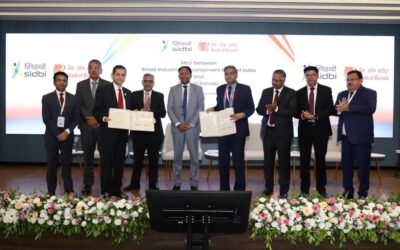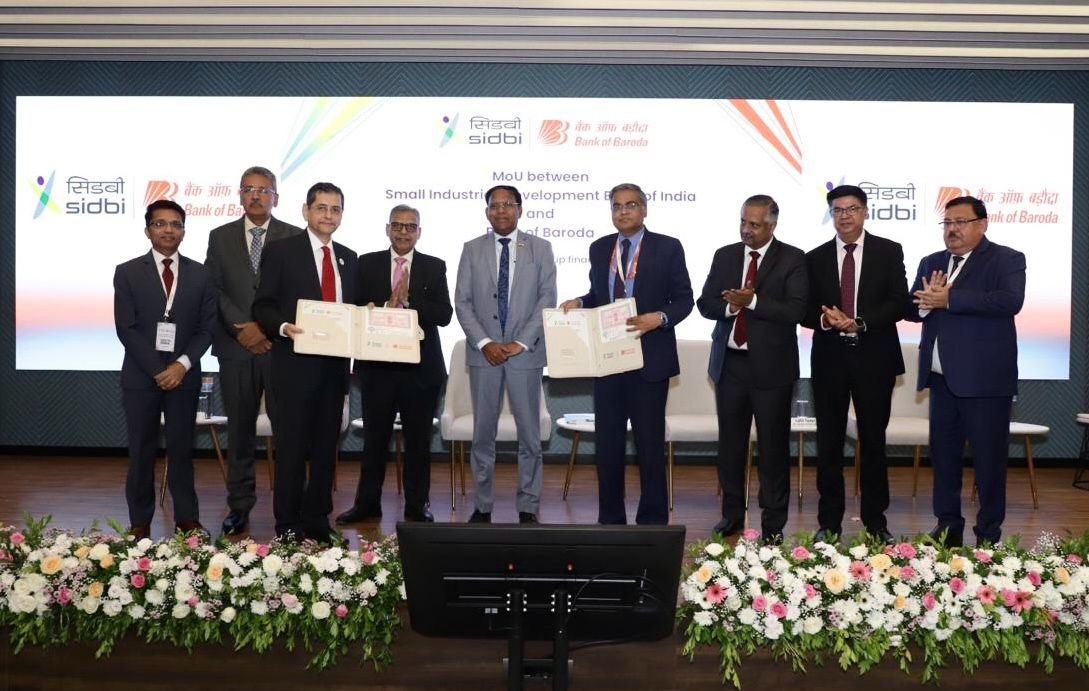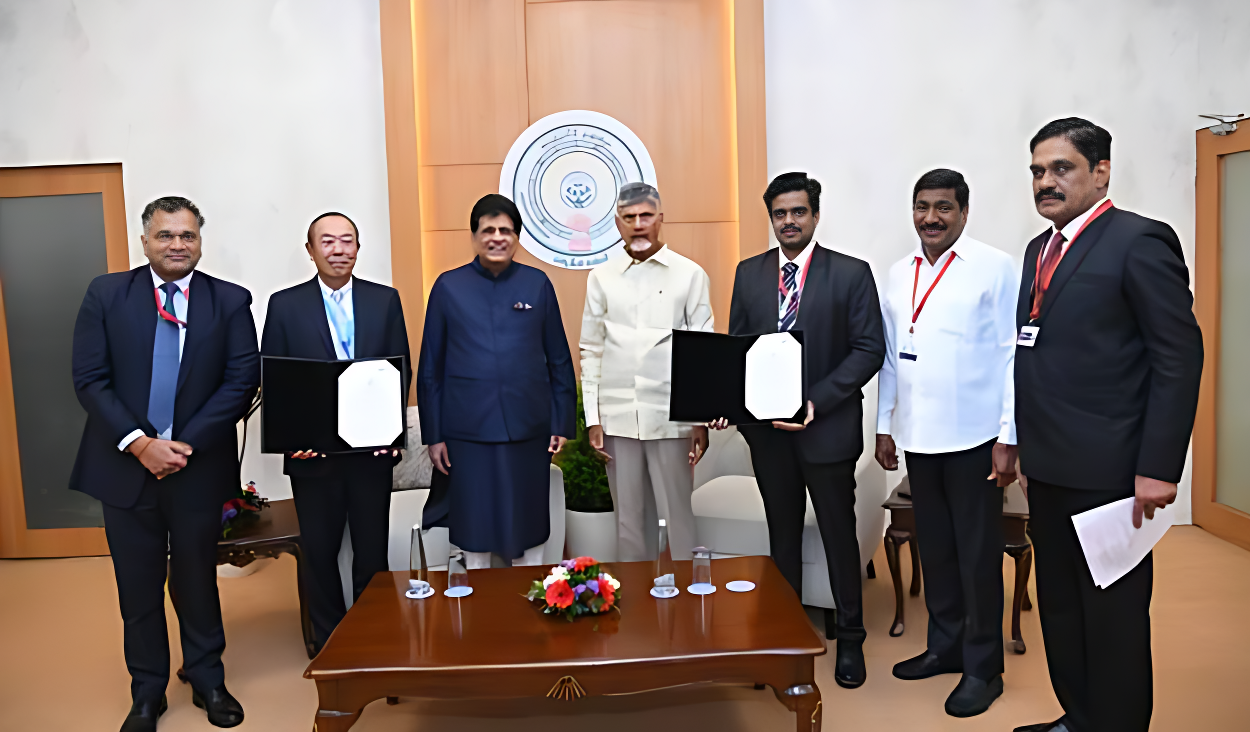Bridging India’s MSME Credit Gap: Why Partnerships Hold the Key

India’s micro, small and medium enterprises (MSMEs) are the country’s quiet growth engine, contributing nearly 30% to GDP and employing over 110 million people. Yet their access to formal credit remains stubbornly constrained. Studies estimate that the sector’s financing gap hovers above ₹20 lakh crore, driven by a mix of collateral challenges, high perceived risk, and the operational costs lenders face when reaching businesses outside urban clusters.
Traditional approaches have yielded only incremental gains. Banks remain cautious, often prioritising corporate borrowers or salaried retail segments where compliance and monitoring costs are lower. Many non-banking finance companies (NBFCs) specialise in niches but struggle with balance-sheet scale. What the moment demands is not just more credit supply but calibrated collaboration alliances that combine the reach, risk appetite, technology and governance needed to serve MSMEs sustainably.
The promise of coordinated industry efforts
The contours of a new model are emerging. Co-lending, portfolio sharing, and technology-driven underwriting allow lenders to divide responsibilities in a way that suits their strengths. Banks and large NBFCs can provide low-cost funds and risk capital, while specialised players bring local intelligence, customer acquisition and collections capability. Fintechs add layers of data science, alternative credit scoring and seamless onboarding.
For borrowers, such arrangements mean faster approvals, more transparent pricing, and a broader suite of products that reflect business realities from working capital and equipment finance to property-backed loans. For the financial system, they encourage responsible competition while aligning incentives to maintain asset quality.
Godrej Capital–Muthoot FinCorp: A case in point
The most recent tie-up between Godrej Capital and Muthoot FinCorp illustrates the potential of this approach. Through its lending arm, Godrej Finance (GFL), Godrej Capital has entered a co-lending pact with Muthoot FinCorp to extend formal credit to entrepreneurs in India’s Tier-2 and Tier-3 towns.
The partnership will begin with Loan Against Property (LAP) in the ₹10–75 lakh bracket, averaging about ₹15 lakh per borrower. Operating under the Reserve Bank of India’s co-lending framework, GFL will take 80% of the exposure while Muthoot FinCorp will hold the remaining 20%, managing underwriting, collections, and customer service. A fully integrated digital interface promises quick disbursals and transparent tracking, a clear value proposition for smaller businesses used to bureaucratic delays.
“Timely access to credit is often the catalyst for MSME growth in smaller cities,” noted Manish Shah, MD & CEO, Godrej Capital. “By pairing our lending expertise with Muthoot FinCorp’s market reach, we aim to offer simple, transparent solutions that give businesses the confidence to invest and expand.”
For Muthoot FinCorp, whose 3,700-branch footprint and Muthoot FinCorp ONE app already cater to hinterland borrowers, the alliance is a way to sharpen its MSME proposition. “With this partnership, we can respond faster to the sector’s financing requirements and support its pivotal role in job creation and local economic development,” said Shaji Varghese, the company’s CEO.
Together, the partners plan to disburse ₹250 crore in FY26, with further products, gold loans and affordable housing finance, in the pipeline.
Why partnerships matter now
The Godrej–Muthoot collaboration is part of a broader rethink of how India allocates credit to its smallest enterprises. The lending gap is too wide for any single institution to bridge. By pooling capital and competencies, NBFCs and fintechs can underwrite risk that might deter banks acting alone. For policymakers, encouraging such arrangements may be one of the fastest routes to supporting employment-intensive growth.
The benefits extend beyond sheer volume of lending. Coordinated structures tend to enforce higher underwriting discipline, as each partner’s reputation is on the line. They also enable better monitoring of end-use, reducing leakages and ensuring funds are channelled into productive capacity rather than consumption or speculation.
Building an ecosystem for scale
To make collaboration the norm rather than the exception, several enablers are critical:
- Standardised co-lending protocols that ensure clarity over risk-sharing and reporting.
- Digitised loan origination and monitoring, allowing partners to act on real-time data.
- Stronger credit bureaus and GST-linked cash flow analytics, which can enrich SME credit profiles.
- Regulatory guidance that balances innovation with safeguards for borrower protection and systemic stability.
Private capital will also need to play a role. Structured funds that invest in pooled MSME loan portfolios can provide additional liquidity, while development finance institutions can underwrite first-loss risks in early pilots.
Towards a resilient MSME credit market
If such an ecosystem matures, India could see a new era of entrepreneurship in smaller towns and manufacturing clusters. For many businesses, formal credit is the bridge from subsistence to scale, financing machinery, hiring skilled staff or expanding distribution. A vibrant market for shared-lending models would enable this transition while deepening the country’s financial inclusion story.
The co-lending partnership between Godrej Capital and Muthoot FinCorp is thus more than a bilateral agreement; it is a signal of where the industry is headed. By aligning capital strength with local intelligence, and embedding transparency through technology, such alliances can begin to close the yawning MSME credit gap.
India’s economic ambitions depend on empowering its most numerous employers. Strategic partnerships thoughtful, data-driven, and digitally enabled may prove the single most effective lever for translating MSME potential into sustained national growth.











